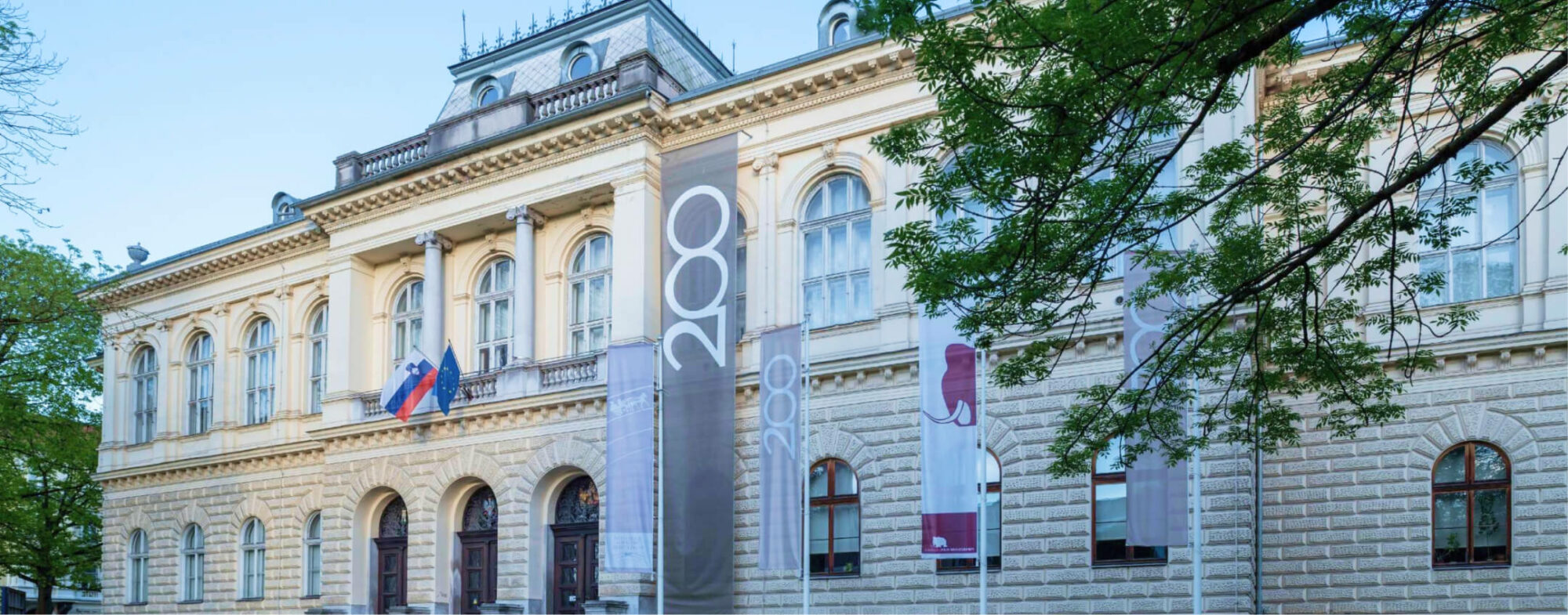Baron Jožef Kalasanc Erberg (1771–1843) from Ljubljana was employed by various local guilds, and for a time also worked in Vienna as the tutor of the prince. He was a cultural historian, art and antiques collector, an amateur naturalist and a friend of Žiga Zois (1747–1819). He built a veritable botanical garden on his property in Dol near Ljubljana, containing over 7,000 plants. In the attached pavilion, he displayed works of art, as well as ethnological and technological items and natural history objects (birds, minerals and herbaria).
An early term for collections of dried plants was hortus siccus or “dried garden”. The first herbaria were created in the 16th century, enabled by advancements in large-scale paper production. Until the 18th century, they were produced in the form of books. Later, people started to keep them as collections of separate sheets, and it was at that time that the word herbarium came into use. In addition to botanists with scientific motivations, they were also popular among aristocrats, who fancied them for their natural science cabinets.
The Slovenian Museum of Natural History keeps two herbaria in book form that were owned by Baron Jožef Kalasanc Erberg. The “Dolski Herbarium” (Herbarium vivum Lustthalense) is 47 cm high and 32 cm wide. It contains only one dried plant per page, with names written in Latin. Some of the 135 pages also have additional comments in German Gothic script. A list of plant species in alphabetical order is included at the end.
The other one is colloquially named “Herbarium with Vases”. It features a signature by Jožef Kalasanc Erberg on the first page, followed by a list of 389 plant species, which are identified by their pre-Linnaean and German names. The dried plants are decorated with yellow and red vases, hence its name.


